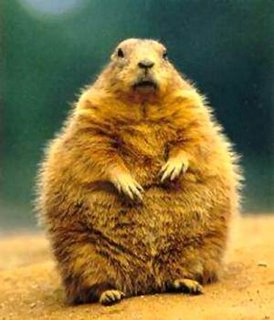Say Peak-a-Boo

......................................................................................................................................................................
It’s that time of year again…waiting to see if that little groundhog is going to see his shadow! In case you were not aware of the details of this special day here’s the gist of it. Every year on February 2nd , dating back to the 1800s, many gather in the traditional location of Punxsutawney, Pennsylvania to witness the local celebrity, Phil, peak out of hibernation. The groundhog seeing its shadow means six more weeks of winter, and no shadow means spring is around the corner.
Interested in how a rodent managed to achieve the power of deciding our destiny year after year, find
Read more
Hurricane Naming
The start of hurricane season is upon us and I was curious as to how do they go about deciding on the names for hurricanes? Do several meteorologists sit around a round table and brainstorm over a few cocktails? Well after researching the topic on the National Hurricane Center’s website, I discovered that there was quite a whirlwind of a history surrounding naming hurricanes (no pun intended, of course).
Originally hurricanes in the West Indies were named after the closest Saint’s Day in which the hurricane occurred. Then, latitude-longitude positions were put to use to differentiate among hurricanes. This naming strategy led to difficulty in communication and it was decided that distinctive names were more succinct and less prone to error.
1941: In George R. Stewart’s 1941 novel, Storm, a women’s name is first used to designate a storm.
During World War II, female naming strategy was put into practice.
1951: United States decided to develop a methodology to name storms by a phonetic alphabet. This was method was slightly confusing.
1953: U.S. weather services returned to using female names.
1978: Both genders were being used to designate storms in the Eastern Pacific.
1979: Male and female names were included in lists for the Atlantic and Gulf of Mexico as well.
The name lists are agreed upon at international meetings of the World Meteorological Organization (WMO). Six lists are used in rotation (again no pun intended). Thus, the 2006 list will be used again in 2012.
By: Trista Thielker
